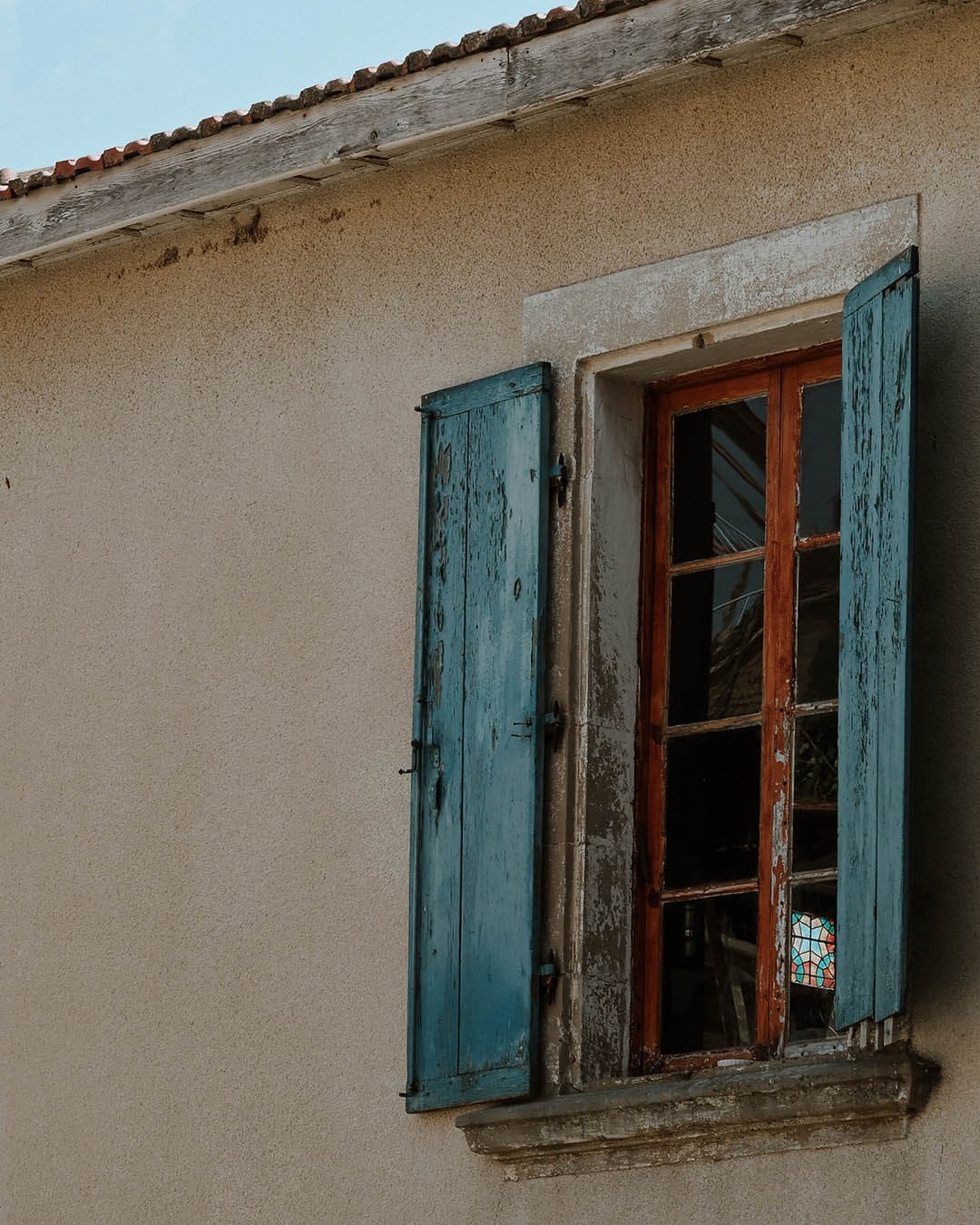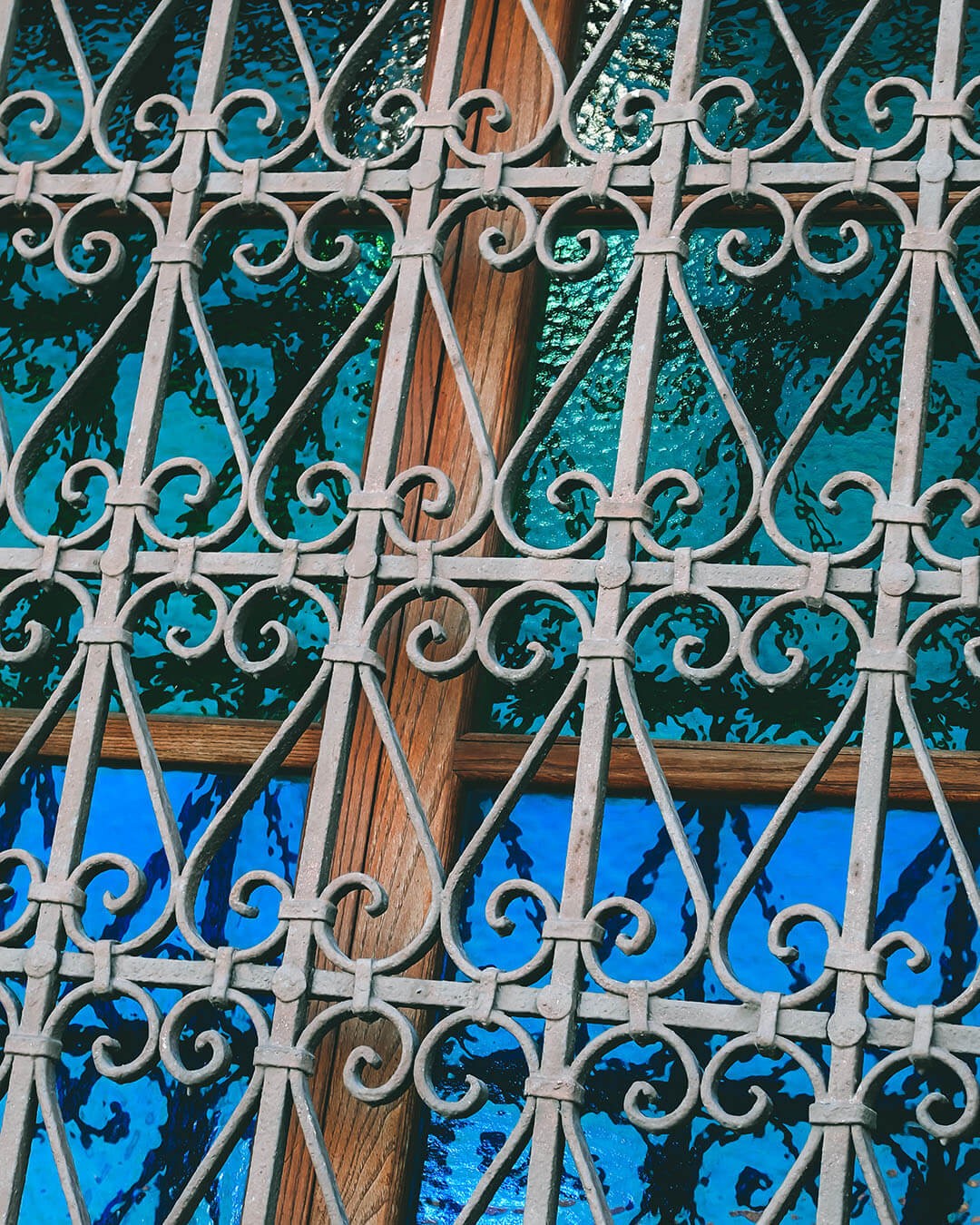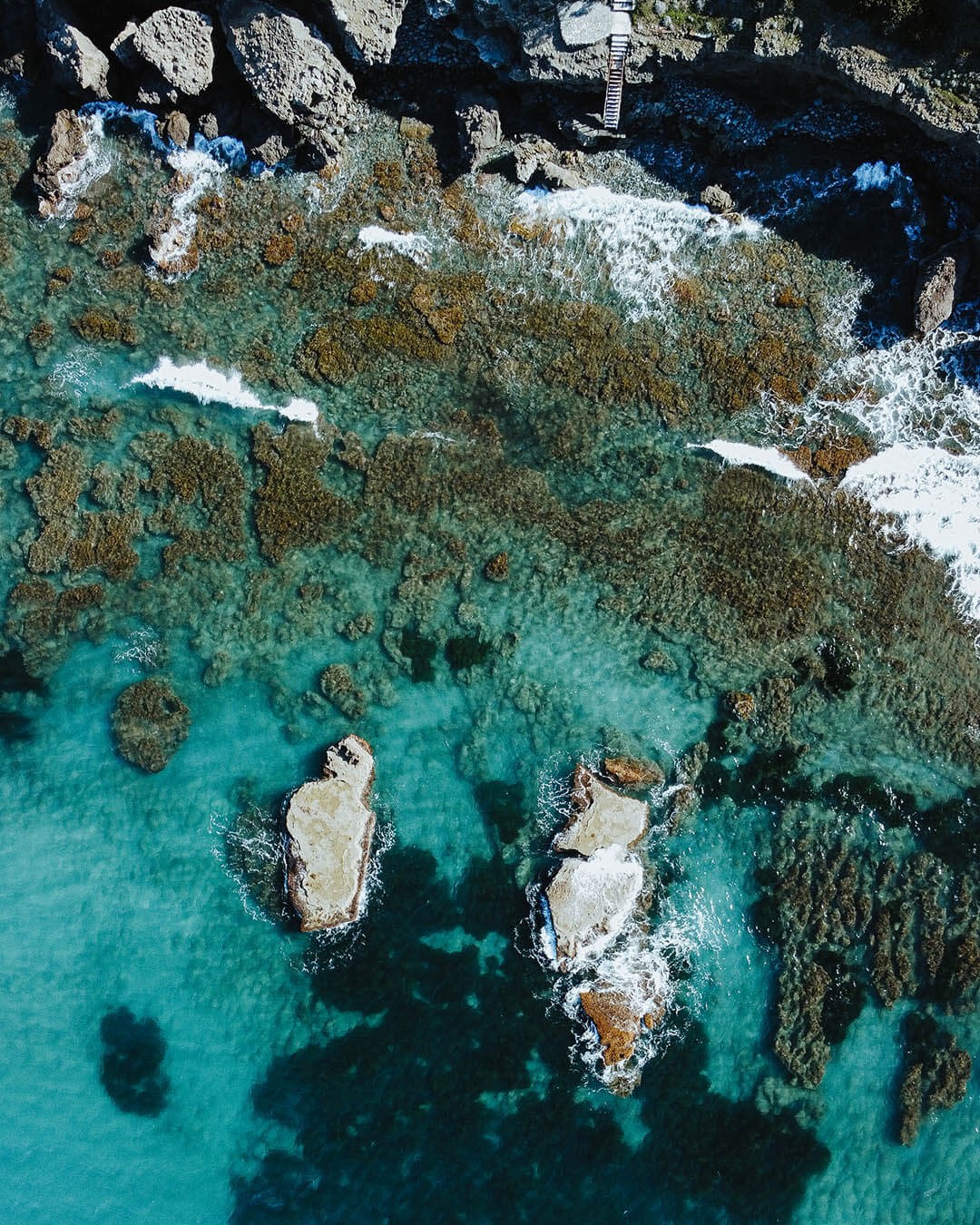Lófou
- Limassol
- Village
Lofou is a village situated on the southern slopes of the Troodos mountains in the Limassol district. It is part of the "wine-villages" or "Karassochoria" region (in Greek "Κρασοχώρια") known for its vineyards and wine production.
Although there are no definitive records of its initial establishment, archaeological findings suggest that Lofou has a long and diverse history, with evidence of habitation dating back to the Chalcolithic period. Excavations carried out by the Department of Antiquities in 2010 revealed settlements dating back to the middle-Bronze Age. The first surviving written references to Lofou come from records by Leontios Machairas, indicating that the village was granted to John of Lusignan by King James I of Cyprus during his reign from 1382 to 1398. 19th Century French historian Louis de Mas Latrie also mentioned Lofou (Loffou) as part of the King's villages during the Frankish Rule.
The name of the village is derived from its geographical location, as it is surrounded by hills and built on an elevated spot. In Greek, "hill" is translated to "lofos" (λόφος). Consequently, the village was commonly referred to as "Lofos," eventually evolving into the feminine term "Lofou" based on the expression used by the local population, "the settlement/the earl of Lofou" (in Greek "η κώμη της Λόφου").
Today, Lofou has preserved its traditional and scenic ambiance. After being largely abandoned after the late 1940s, the village retained its character, remaining untouched by extensive modernization, serving as a notable example of Cypriot village architecture. While wandering through its cobbled streets, one can admire the numerous stone houses adorned with wooden balconies and tiled roofs. The old school, a prominent Neoclassical structure located at the village center, remained operational until 1973.
The village also features the noteworthy Olive Press Museum, owned by the church of Lofou. Housed in a stone-built building with two rooms, the main facility holds a large stone mill used for oil production, while the second room serves as a storage area. Another notable museum is the Folk Art Museum, housing a private collection of artifacts that offer insights into village life.
On the west side of the village, atop a small hill, stands the main church, Panagia Chrysolofitissa ("Our Lady of the Golden Hill"), dedicated to the Annunciation of Virgin Mary. Constructed between 1854 and 1872 with the voluntary work of the locals, the single-aisle church exhibits gothic influences and showcases interior wall paintings, complemented by two bell towers added in the 20th century. Slightly outside Lofou, on the road to Alassa village, a renovated chapel of Prophet Elias can be found, dating back to around the year 2000.
For nature enthusiasts, a pleasant 1.5km linear trail begins outside the village, leading through a small valley and descending to the Elitzi faucet, which once served as the village's primary water source until the mid-20th century.
Lofou stands as one of the picturesque mountain villages of Cyprus, offering an authentic experience and the chance to explore the island's cultural and historical heritage.
Other locations
All locationsOld Church of Saint Nicholas
Limassol | Church
The partially submerged church of Saint Nicholas is a quite fascinating landmark, emerging out of the waters of Kouris dam, in Limassol district.
Dragon's Cave Beach
Paphos | Beach
In an ideal location to escape the crowds, outside the small village of Pomos, it is located Dragon’s Cave; an impressive cave overlooking a hidden beach.
Vasilikon Winery
Paphos | Winery
Cyprus, a land of sun-kissed vineyards and golden wines, is home to one of the oldest wineries in Paphos region - Vasilikon Winery. The Winery has become a s...




